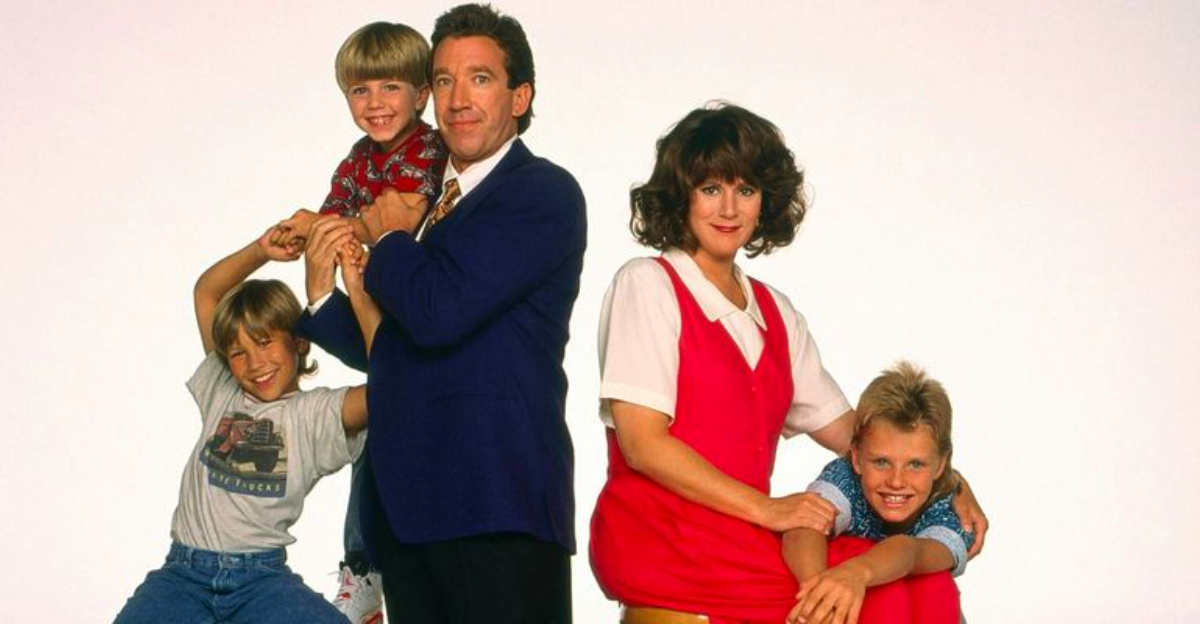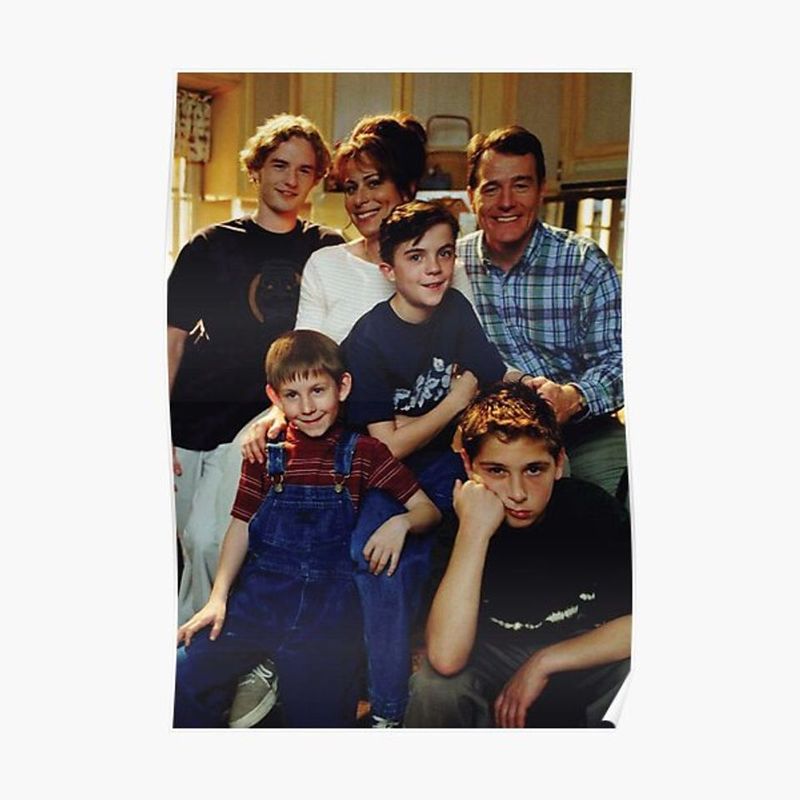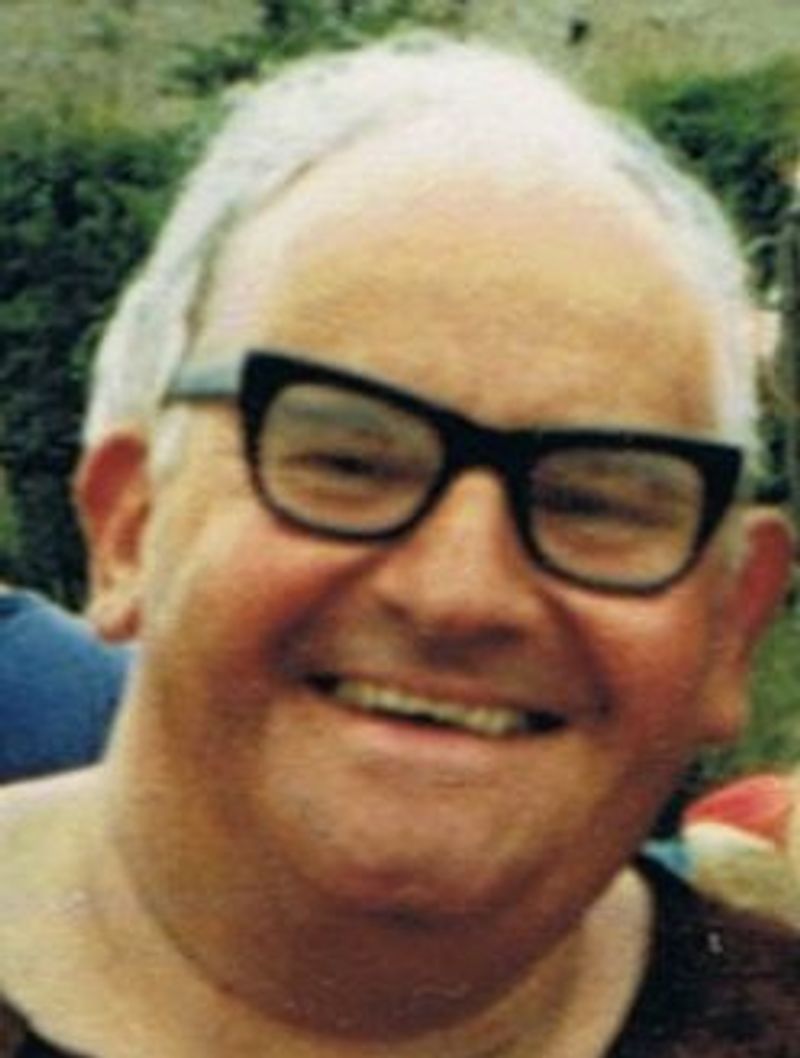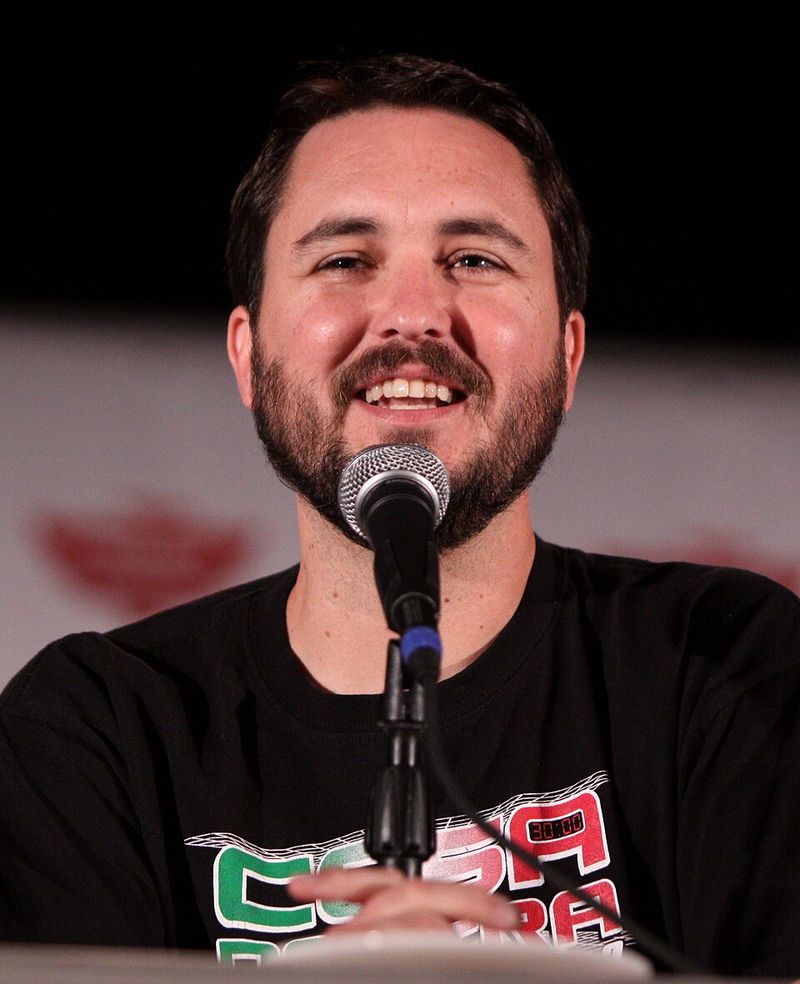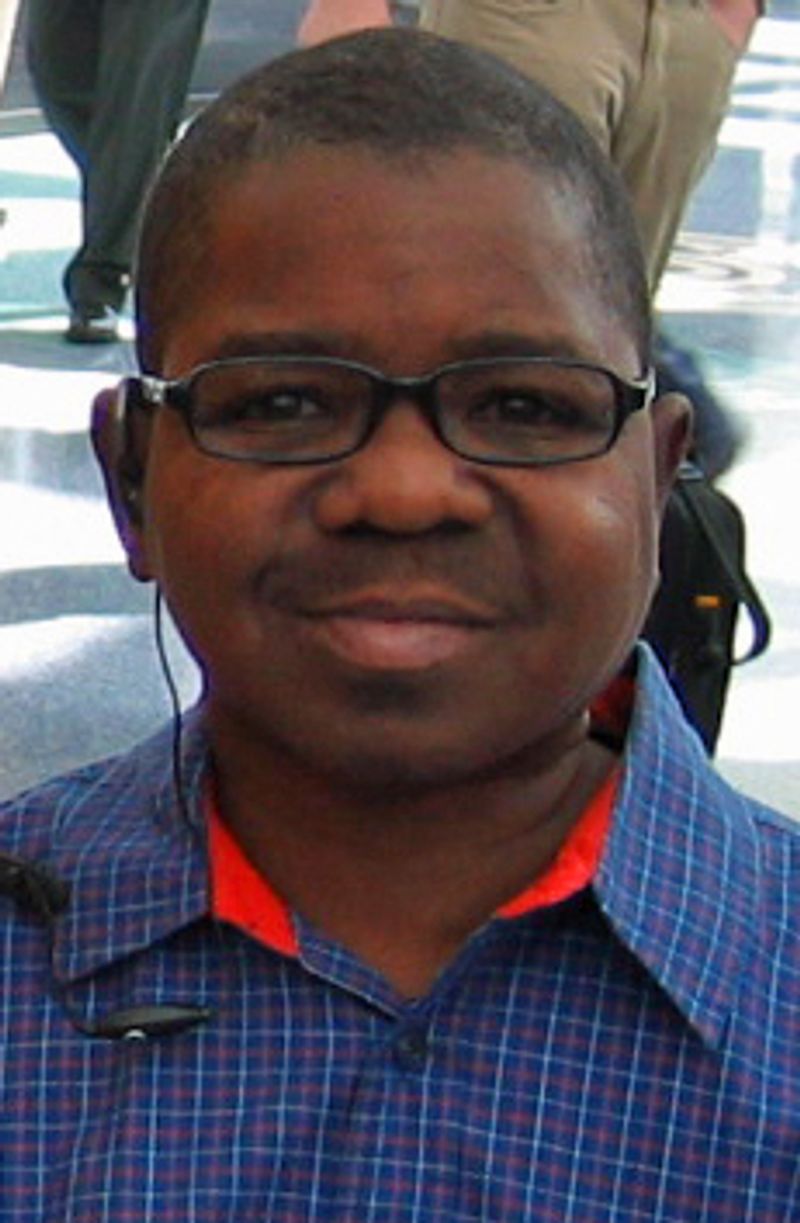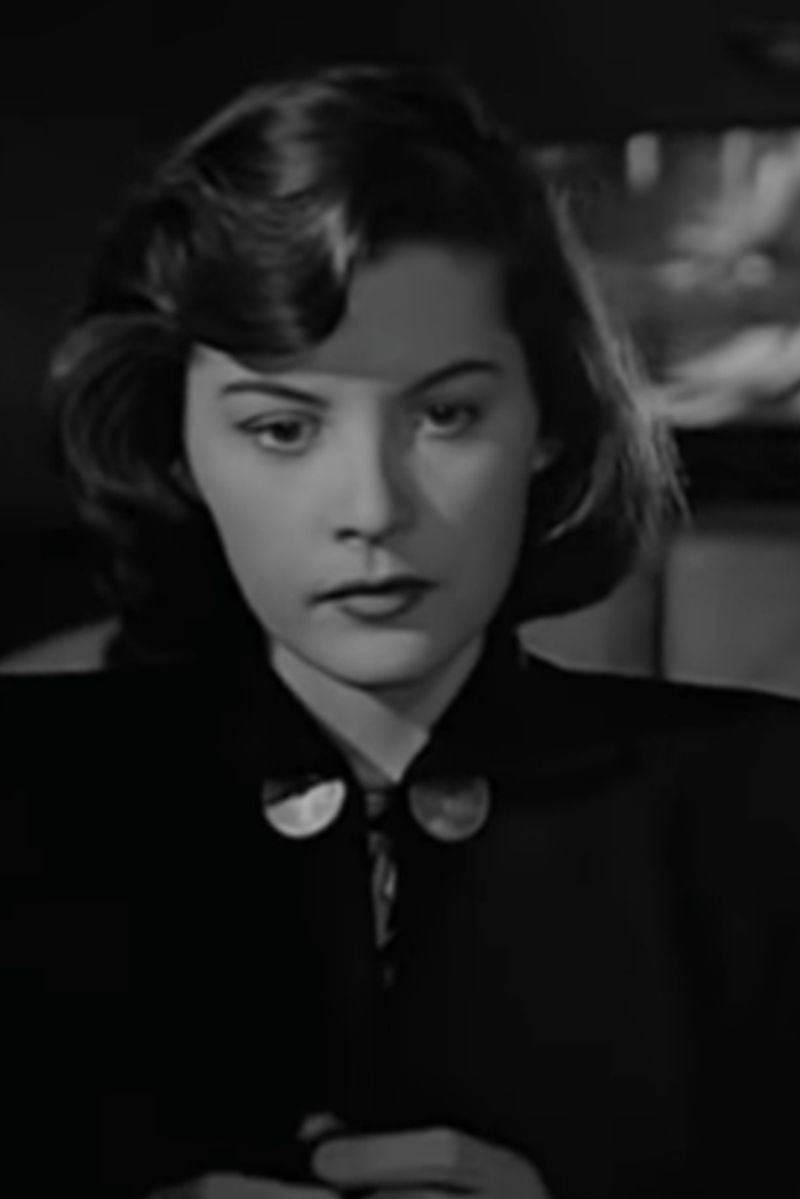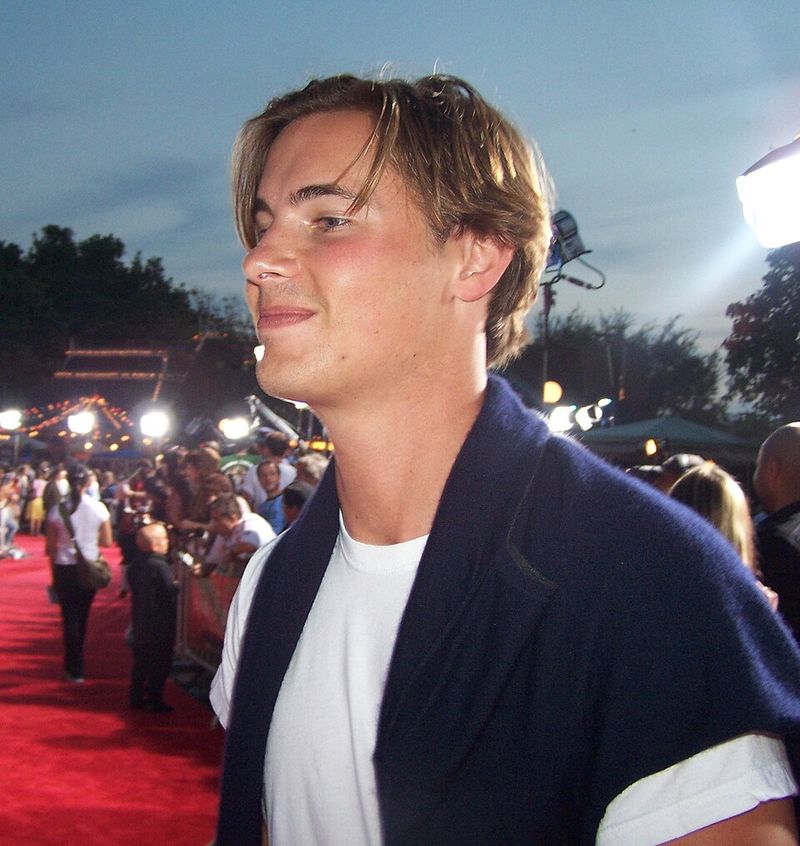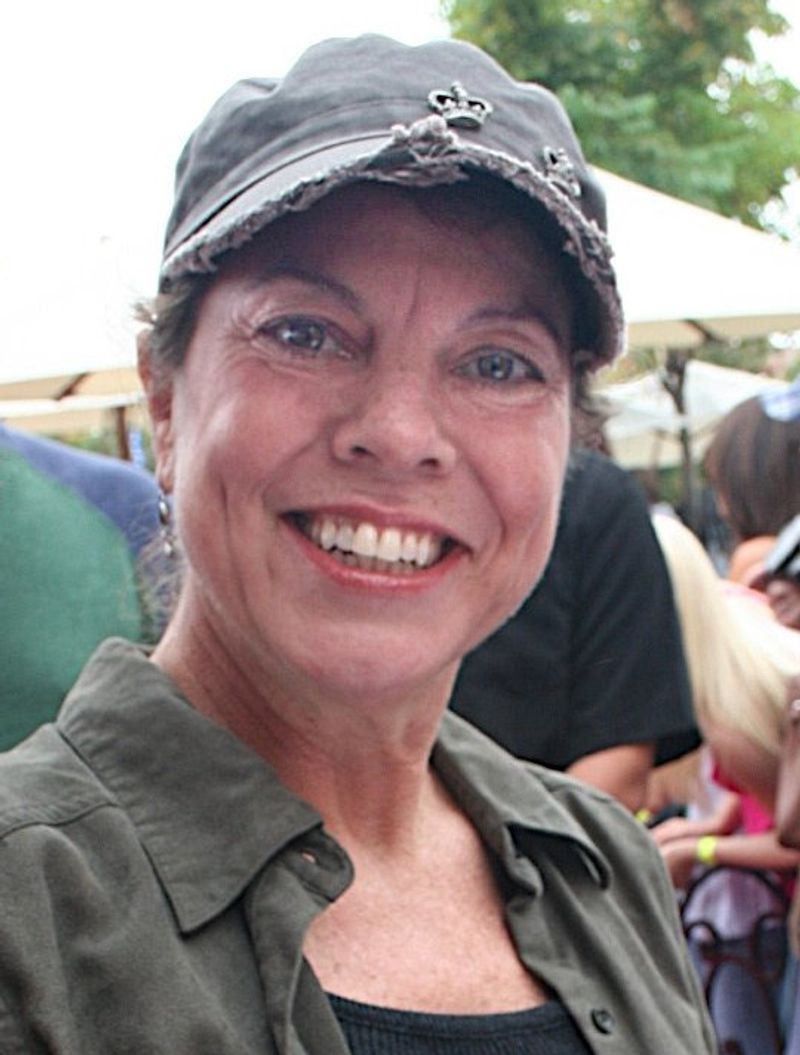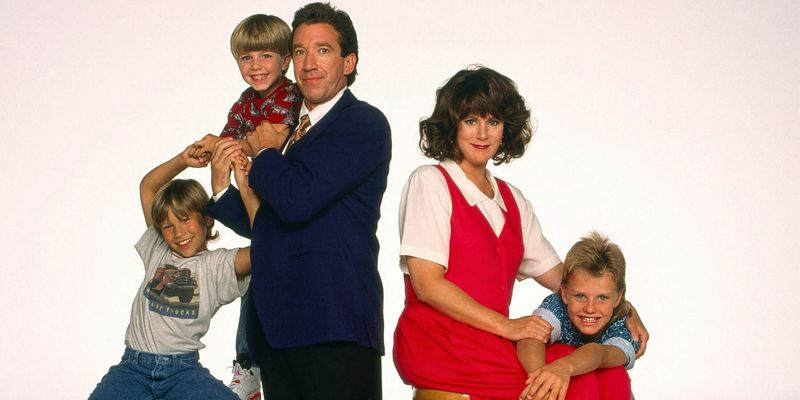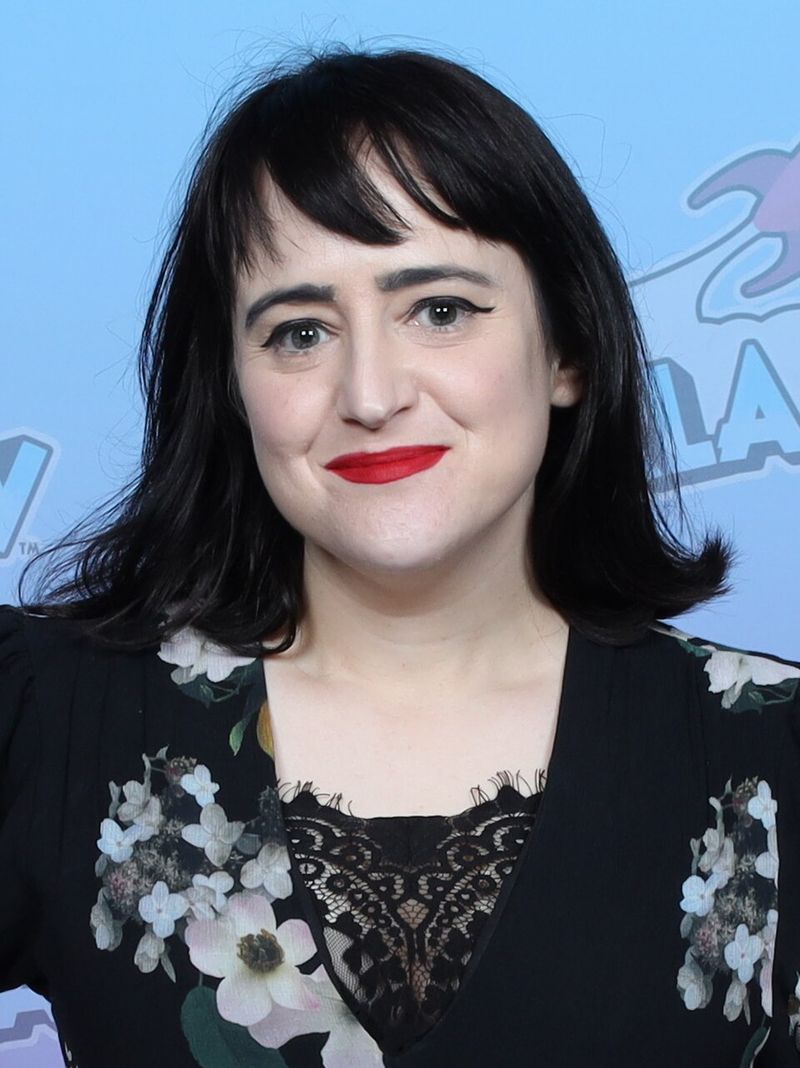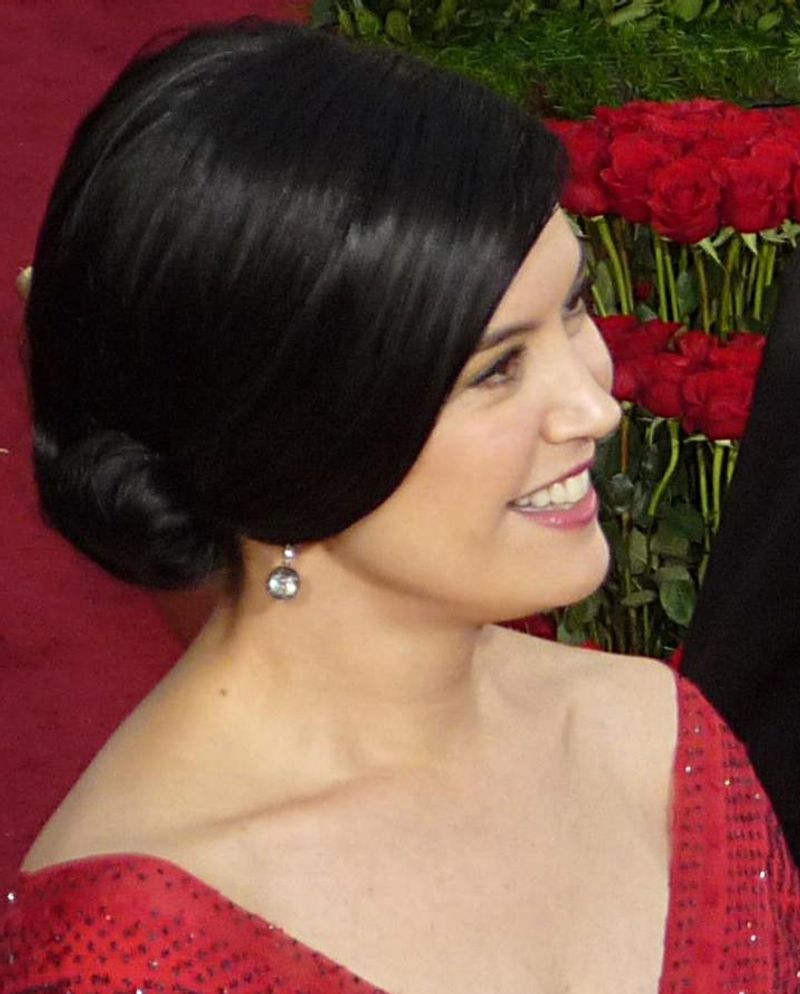Fame doesn’t come with a manual, and for some sitcom stars, the brightest spotlight eventually felt too hot. These performers chose quiet mornings, steady careers, and personal fulfillment over red carpets and relentless schedules. Their exits shocked fans, but their second acts reveal surprising passions and grounded reinventions. Discover how 15 familiar faces traded punchlines and premieres for ordinary lives that feel anything but ordinary.
1. Jonathan Taylor Thomas
Once the wisecracking middle son Randy on Home Improvement, Jonathan Taylor Thomas stepped away from the spotlight at the height of his teen-idol fame. He prioritized education, attending top universities and guarding his privacy with deliberate care. Occasional guest spots reminded fans of his charm, yet full-time acting no longer called to him. Instead, he embraced a scholarly, low-key path. He has kept social media at arm’s length, allowing his work and choices to speak quietly. For many, his departure symbolizes a rare Hollywood story: choosing depth over demand, and a quieter life over a relentless machine.
2. Erik Per Sullivan
Best known as Dewey from Malcolm in the Middle, Erik Per Sullivan stepped back around 2010, leaving fans curious and nostalgic. He focused on school and personal growth, maintaining a low profile even as the beloved series gained new streaming audiences. When reunion chatter swirled, he stayed out of the spotlight, reinforcing his decision to move on. The shift wasn’t scandalous; it was intentional. For a child actor who grew up on television, normalcy became the prize. His story resonates with anyone who traded a familiar role for the unknown, and found peace in living on their own terms.
3. Jennette McCurdy
Jennette McCurdy charmed audiences as Sam Puckett on iCarly, but ultimately chose to leave acting for her mental health and creative autonomy. She’s spoken candidly about industry pressures and personal boundaries, redirecting her energy into writing, podcasting, and live performance projects. Her memoir and essays connected with readers for their honesty and humor. Stepping away wasn’t a retreat – it was a redefinition of success. Today, McCurdy’s craft thrives off-camera, where she controls the narrative. Fans who grew up with her find new layers in her voice, proof that fulfillment sometimes lies beyond the set, in words instead of punchlines.
4. Ronnie Barker
Ronnie Barker, half of The Two Ronnies and a titan of British comedy, walked away at his peak. He preferred privacy and simplicity, famously running an antiques shop and savoring life out of character. Barker’s retirement mystified some, but it was consistent with his meticulous craft – leave before the echoes fade. His humor endured through reruns and cultural memory, even as he avoided the churn of modern celebrity. For Barker, the shop bell replaced the studio applause. His story remains an elegant lesson in bowing out gracefully, preserving legacy by choosing the gentle hum of an ordinary day.
5. Wil Wheaton
Though best known for sci-fi and genre television, Wil Wheaton maintained a strong small-screen presence before shifting course. In 2024, he officially stepped away from on-screen acting, channeling his creativity into writing, voice work, and tech-adjacent projects. Wheaton’s candid discussions about mental health and fandom reframed his public persona, offering connection beyond characters. He found agency behind the scenes, curating a career that values authenticity. His journey reflects a modern artist’s path – diverse, self-directed, and sustainable. Fans still hear his voice, literally and figuratively, as he crafts a life where passion outweighs the pressure to appear.
6. Gary Coleman
Gary Coleman became a household name as Arnold Jackson on Diff’rent Strokes, his catchphrase iconic worldwide. After childhood fame, he wrestled with financial, legal, and health challenges that reshaped his relationship with Hollywood. Coleman often expressed a desire for normalcy, stepping back from mainstream roles and public expectations. The glare of early celebrity proved costly, prompting a life lived more privately. While his later years were complex, his decision to distance himself from fame was understandable. He remains a symbol of how early stardom can burn bright—and how seeking ordinary rhythms can be an act of survival.
7. Barbara Bates
Barbara Bates found early success in mid-century Hollywood, including the sitcom It’s a Great Life. Yet the machinery of fame didn’t fit her temperament. Her career tapered as she stepped away from relentless studio demands, choosing privacy over publicity. In an era before social media, vanishing from the spotlight was both easier and more final. Bates’s story reflects the hidden costs of mid-century stardom, especially for women under studio control. She pursued a life off-camera, remembered fondly by classic TV fans. Her decision underscores a timeless truth: fame can be traded for peace, albeit quietly and permanently.
8. Erik von Detten
Erik von Detten’s 90s and early 2000s charm carried him through TV, film, and voice work. Over time, he pivoted away from acting, building a conventional career in business and behind-the-scenes roles. Fans occasionally rediscover him via nostalgic clips, but he’s content with a quieter professional life and family focus. His transition demonstrates that fame can be a chapter, not a destiny. By swapping sets for spreadsheets, he found stability and perspective. The move surprised some, yet it’s become a template for former teen stars seeking longevity. His celebrity glow now fuels fond memories, not daily obligations.
9. Jennifer Stone
Jennifer Stone grew up on Disney’s Wizards of Waverly Place, but ultimately traded scripts for scrubs. She trained as a registered nurse, finding purpose in patient care and the steady cadence of hospital life. The shift from studio to ward was dramatic, yet deeply meaningful. Stone’s journey reminds fans that service-oriented careers can outshine applause. Sharing experiences from both worlds, she advocates for healthcare workers and mental wellness. The choice to leave full-time acting wasn’t a retreat; it was a calling. She proves a beloved TV presence can become a real-world hero, one shift at a time.
10. Erin Moran
Erin Moran’s Joanie from Happy Days defined a generation’s television nostalgia. After the show’s heyday, she stepped away from Hollywood’s center, living a more private, sometimes challenging life. Her reduced screen presence reflected shifting priorities and industry realities. While her later years were marked by personal struggles, she remains beloved for her spirited performances. Moran’s story is bittersweet, a reminder that fame can fade while affection endures. Her choice to live beyond the studio system underscores the complexities many former child and teen stars face, and the courage it takes to seek normalcy after extraordinary beginnings.
11. Taran Noah Smith
Taran Noah Smith, Mark on Home Improvement, exited acting as he entered adulthood. He pursued off-screen ventures, exploring entrepreneurship, craftsmanship, and more private pursuits far from tabloids. Smith’s decision centered on personal growth and autonomy after a childhood spent on sets. His path exemplifies reclaiming identity beyond a famous role. Fans remember his character’s goth phase; he remembers learning to live on his own terms. Choosing ordinary rhythms over Hollywood hustle, he found satisfaction in tangible work. The applause faded, but agency flourished, a trade he appears to value. Sometimes, success is simply owning your calendar again.
12. Zachery Ty Bryan
Zachery Ty Bryan, Brad on Home Improvement, moved away from major TV roles as adulthood set in. His post-sitcom years included producing and stepping back from on-screen work, embracing a life less defined by fame. While public headlines have surfaced, his overall trajectory reflects distance from the entertainment grind. Growing up on television can compress identity; stepping away can expand it. Bryan’s shift mirrors peers seeking stability outside constant visibility. Fans revisit episodes and wonder where the Taylors landed; in real life, some chose quiet. For Bryan, the volume of celebrity turned down, replaced by everyday concerns.
13. Mara Wilson
Mara Wilson captured hearts in family films, then consciously stepped away from acting to write. She found her voice in essays, a memoir, and storytelling that explores childhood fame with candor and humor. Television appearances became rare, by choice, as she prioritized creative control and personal well-being. Wilson’s path shows that early celebrity can evolve into literary purpose. She engages with fans thoughtfully, advocating for mental health and boundaries. The applause didn’t vanish—it transformed into readers’ quiet appreciation. In trading sets for sentences, Wilson crafted a sustainable career aligned with her values and her curiosity.
14. Jake Lloyd
Jake Lloyd’s fame arrived in a cinematic blast, but his post-spotlight years were intentionally subdued. Though more associated with film than sitcoms, his story mirrors young performers who disengage from celebrity’s demands. He stepped back from acting, working toward stability and health away from public scrutiny. Lloyd’s life serves as a cautionary tale about the intensity of early fame and the refuge of anonymity. The decision to leave wasn’t theatrical; it was protective. Fans often wonder about “what ifs,” yet his choice underscores that a normal life can be the bravest role of all.
15. Phoebe Cates
Phoebe Cates graced screens in the 80s, then gracefully pivoted to family life and entrepreneurship. While not a sitcom star, her exit from acting echoes the same theme: choosing personal priorities over public expectation. She opened a boutique and kept a low profile, surfacing occasionally for special projects. The choice felt deliberate and serene, preserving mystique rather than chasing momentum. Fans remember the roles; her loved ones enjoy the person. Cates’s path proves that leaving the game at your peak can be a power move, trading constant exposure for curated, meaningful days far from studio demands.
